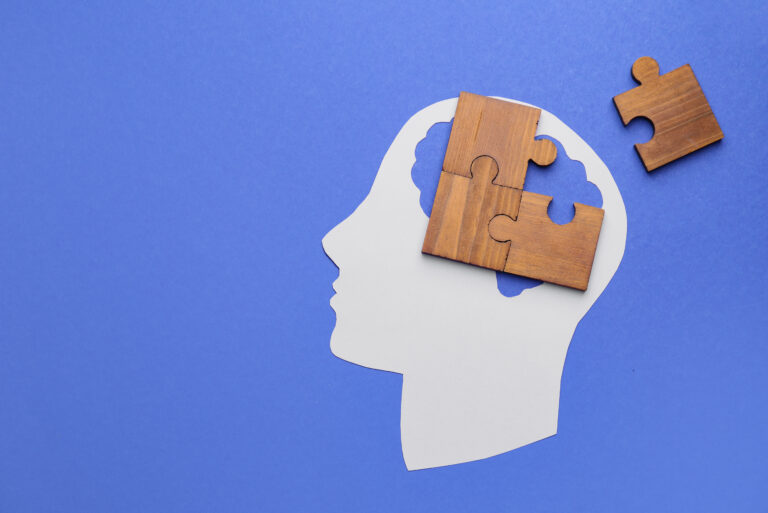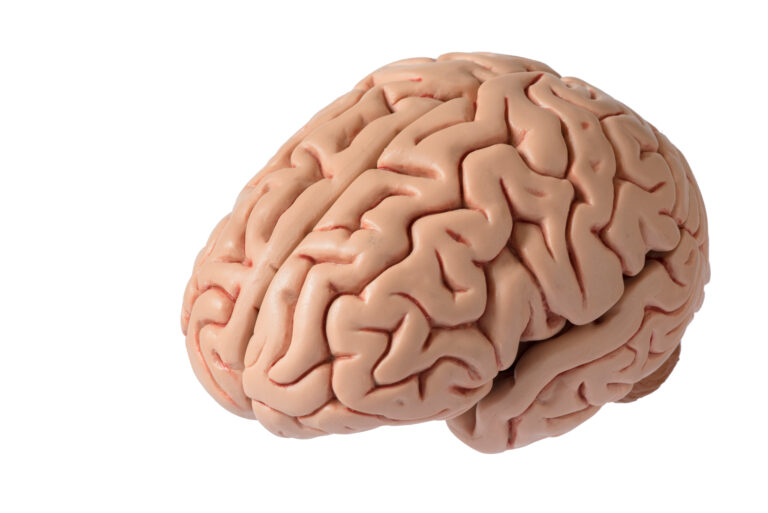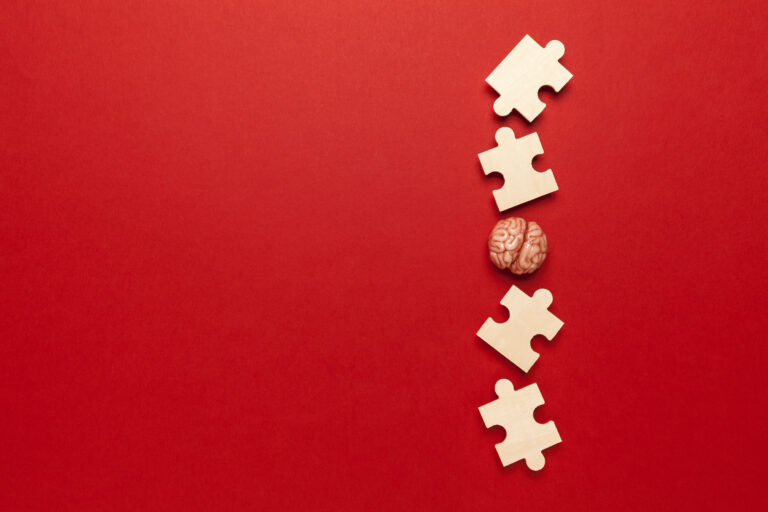In today’s fast-paced world, technology has become an indispensable tool in various fields, including healthcare. One of the most prominent technological advancements in healthcare is the use of machine learning for diagnosis. Machine learning, a subset of artificial intelligence, involves training computer systems to make decisions based on data without being explicitly programmed. This innovative approach has revolutionized the way medical diagnoses are made, leading to more accurate and efficient results.
Traditionally, medical diagnosis was solely reliant on the knowledge and experience of healthcare professionals. However, with the increasing complexity of diseases and the vast amount of medical information available, there is a need for more advanced methods to diagnose patients accurately. This is where machine learning comes in. By utilizing vast amounts of patient data and algorithms, machine learning can assist healthcare professionals in making more accurate and timely diagnoses.
So how does machine learning work in the field of medical diagnosis? The process begins by feeding large amounts of medical data into a computer system. This data includes patient records, such as medical history, test results, and images. The system then uses this data to identify patterns and trends that may be indicative of a certain condition or disease. This process is continuously repeated, and over time the system becomes more accurate in its predictions.
One of the main advantages of using machine learning in diagnosis is its ability to analyze vast amounts of data at a much faster rate than humans. This means that the system can process and analyze millions of patient records in a matter of seconds, compared to the hours or even days it would take for a human to do the same task. This not only saves time but also allows for early detection of diseases, leading to better treatment outcomes.
Moreover, machine learning can assist in making diagnoses that may be challenging for human physicians. For instance, rare or complex diseases that may have similar symptoms can be challenging to diagnose accurately. With machine learning, the system can analyze subtle differences in patient data and suggest a more accurate diagnosis, aiding healthcare professionals in making informed decisions.
Another significant benefit of using machine learning in diagnosis is its ability to continuously learn and improve. As more data is fed into the system, it can adapt and improve its accuracy in diagnosis. This means that over time, the system becomes more efficient, leading to better patient outcomes.
One example of the use of machine learning in diagnosis is in the field of radiology. Medical imaging, such as X-rays and MRI scans, generates large amounts of data that can be difficult for human professionals to interpret accurately. With machine learning, the system can analyze medical images and highlight any abnormalities, aiding radiologists in making more accurate diagnoses.
However, like any other technology, there are also some challenges in implementing machine learning for medical diagnoses. One of the main concerns is the potential for biased algorithms. If the data used to train the system is biased, it can lead to inaccurate or unfair diagnoses. Therefore, it is essential to have diverse and unbiased datasets to ensure that the system makes unbiased decisions.
In conclusion, the use of machine learning in medical diagnosis is a game-changer in healthcare. It has the potential to improve accuracy, save time, and aid in the early detection of diseases. However, it is crucial to ensure ethical and responsible implementation of this technology to avoid any potential biases. With continued research and development, machine learning for diagnosis has the potential to greatly enhance the practice of medicine and improve patient outcomes.





